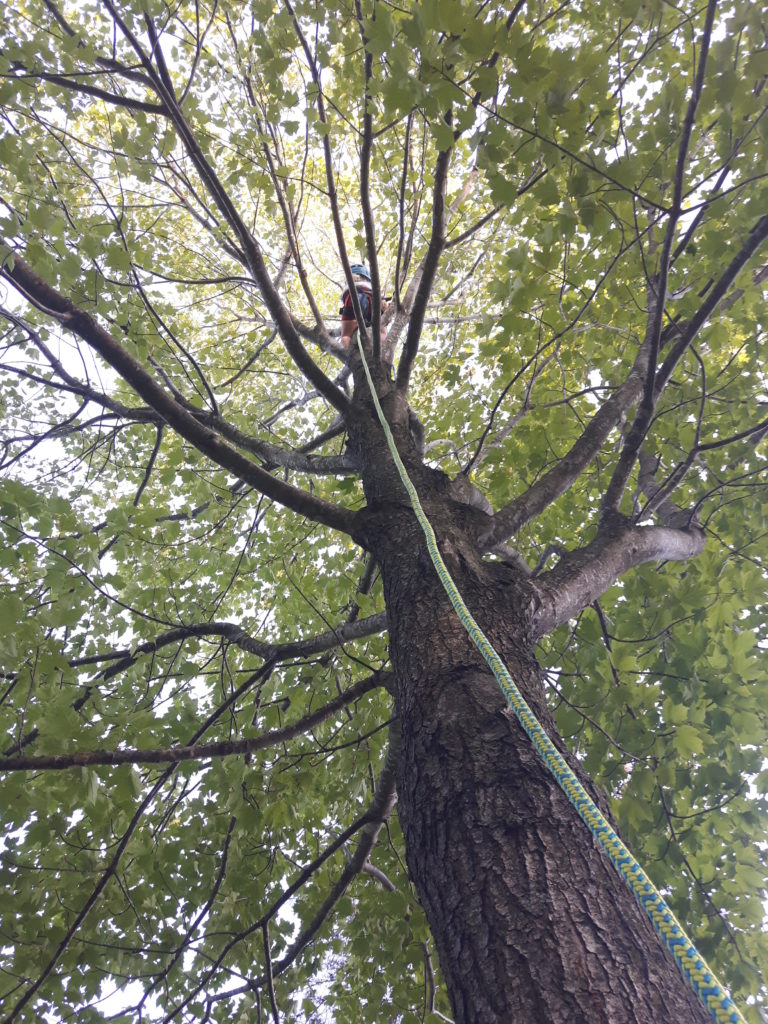None are more hopelessly enslaved than those who falsely believe they are free.
– Goethe
_____________________________________________
Climb High, Work Smart, Read More.
– TreeMuggs
I would love to hear from you. Please send all comments/questions/hatemail to patrick@educatedclimber.com




